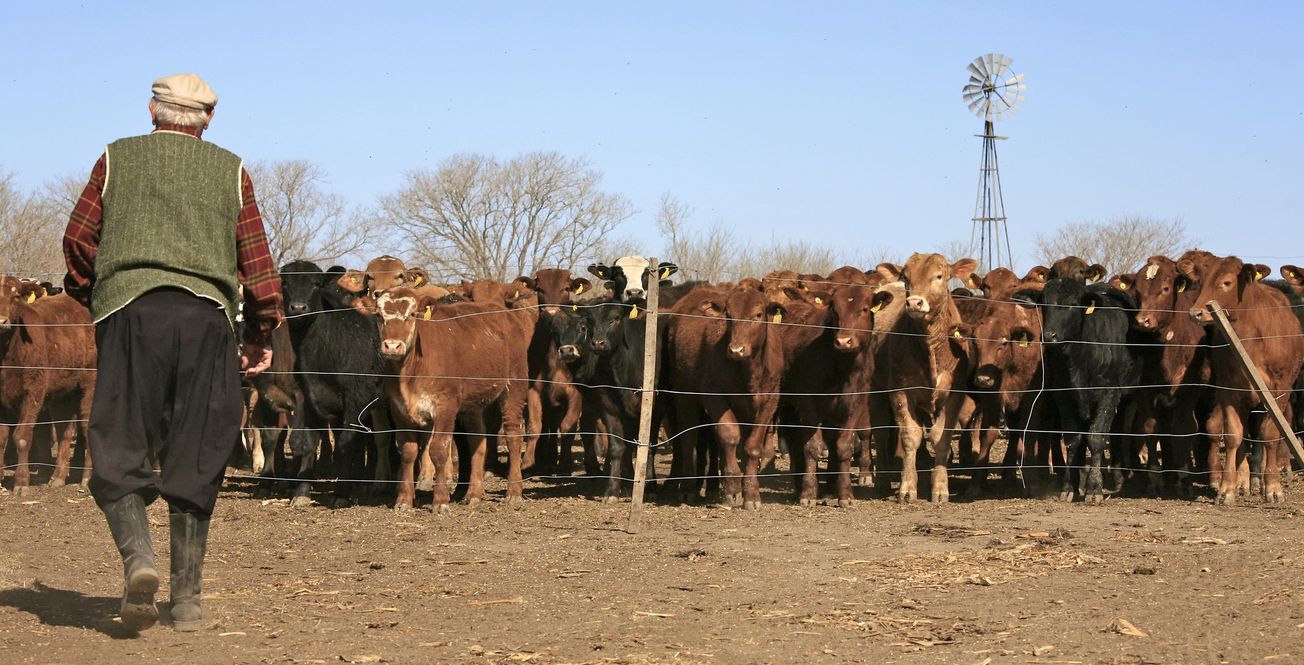By Hilary McCarthy, PhD, Photosynthetic light harvesting in algae
A group of interdisciplinary researchers from the University of Bristol were awarded a £1.25 million grant for a collaborative research project focused on establishing the levels of antimicrobial resistance in Argentinian livestock.
Antimicrobial resistance (AMR) constitutes one of the greatest global challenges of our time; however, if the words ‘antimicrobial resistance’ make you think of over-prescribed antimicrobials for human medication, you are likely only seeing one side of the problem. Figures published by Public Health England (PHE) last year suggest that even now, at least 20% of antibiotics prescribed were unnecessary.
However, while this percentage is worryingly high, the overuse of antibiotics in human medicine is responsible for only a relatively small proportion of overall observed resistance. As well as transforming medicinal science, antimicrobials play a huge role in animal agriculture, where they are used not only for preventing and curing disease, but also to promote livestock growth.
| How can enzymes help soil bacteria make antibiotics?
A research team led by the Bristol Veterinary School has been awarded a £1.25 million research grant from the Global AMR Innovation fund and UK aid in order to systematically obtain and compile data on the use of antimicrobials and consequent incidence of AMR in Argentinian farming. The scientists will collaborate with Argentinian veterinary researchers, farmers, industry professionals and government policy makers and the work will provide an essential platform for putting the required regulations in place.

Farming of animals for food is now responsible for 73% of all antimicrobials’ use worldwide. This number has been sharply rising in recent years and is growing alongside unsustainable levels of meat consumption. Unsurprisingly, this does not come without associated growing AMR. Not only could this present catastrophic implications for animal health and the global livestock industry, but it also potentially poses a significant threat to human health, as shown by a growing body of evidence. A review of published research articles found that only 5% of reviewed journals claimed that there were no serious implications of farm animal antimicrobial resistance to human health. However, 72% documented evidence of a clear link between the two.
| The economics of antibiotic resistance
Though the problem is global and must be faced as such, it is particularly prevalent in low to middle income countries (LMICs), with Asia, Africa and South America being highlighted as continents with a significant number of resistance hot-spots. This is because in LMICs, meat production is increasing most rapidly while access to both veterinary and human antibiotics remains generally unregulated. Aside from the lack of regulations on the use of antibiotics in farm animals in LMICs, there is also a lack of documentation of trends in antimicrobial resistance.
Surveillance of antimicrobial use and resistance is essential in establishing the best course of required coordinated action to prevent a further rise in AMR. The new research project FARMS-SAFE (Future-proofing Antibacterial resistance Risk Management Surveillance and Stewardship in the Argentinian Farming Environment) will add to the University’s extensive scientific accomplishment surrounding AMR and hopefully provide a barrier to the serious threat of the AMR from unsustainable farming.
Featured image: Flickr / Alex Proimos
Interested in AMR research? Get in touch!









